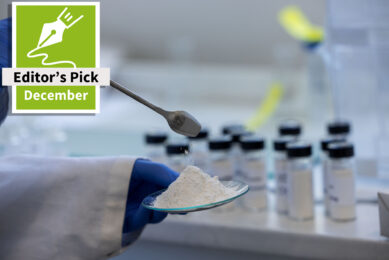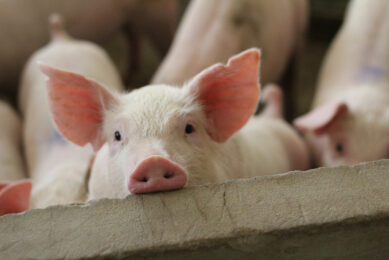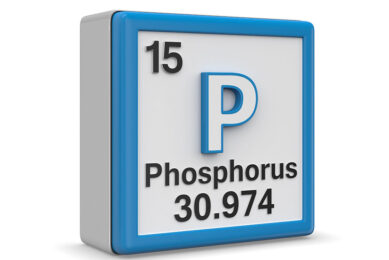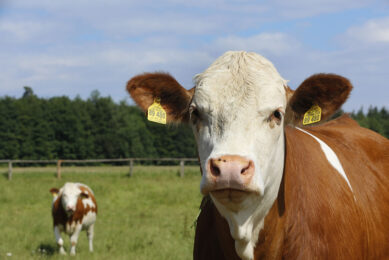Mingling manure with feed, good idea?
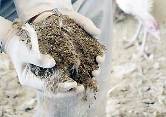
This is gonna be a shitty blog. In other words, I will talk about manure. The brown, green, solid or sometimes liquid “stuff” that comes out of the back of an animal is often a perfect reference how the animal is doing, whether it is healthy or sick? But it also provides very useful information on the digestibility of individual components of the animal diet. Furthermore, controlling the manure and associated gases becomes more important from an environmental point of view.
Even in the best management situations, animals are not able to utilize 100% of the nutrients that are consumed. Some nutrients will be excreted in the manure. Nutrients excreted in manure come from four primary sources: feed wastage, excess nutrients provided in the diet, undigested nutrients in the diet, and biological losses from dead cells in the body.
From a manure management perspective two nutrients are of particular interest: nitrogen from the breakdown of protein, and the mineral phosphorus. Both are essential ingredients in livestock diets but excessive excretion can pose danger to the environment (animals, water and air quality).
Strategies to reduce
A study by Mindy Spiehs from the University of Minnesota Extension Service looked at the nutritional and feeding strategies to minimize nutrient losses in livestock manure. Spiehs gives a few options to reduce nutrient losses in the manure. One of them is to:
- Reduce feed wastage. Van Heugten and Van Kempen (1999) found 2-12% feed wastage in the US swine industry. They estimated that if just 5% of feed is wasted, a net income loss of $1.77/pig depending on the market can result and an additional 327 grams of nitrogen and 82 grams of phosphorus is excreted per pig.
- A second method of reducing nutrient losses in manure is to more accurately meet the nutrient requirements of the animal. For example, male and female animals have different nutrient requirements. Nutrient requirements also change as the animal progresses from one phase of production to another.
- A third method of reducing nutrient losses in manure is to improve the digestibility of the diet. When a highly digestible diet is fed, a higher percentage of the nutrients are used by the animal for maintenance and growth and fewer nutrients are excreted in manure. Some feed ingredients are more digestible than others. For example only 14% of the phosphorus in corn is actually in a form that is available to a pig, while 90% of the phosphorus in corn distiller’s dried grains with solubles is available to a pig.
Reversed cycle
The implementation of nutrition and feed strategies discussed above will significantly reduce nutrient excretion, but they are not the total solution to the amount of manure produced by livestock, since 100% utilization of a diet is not possible. To reduce the amount of manure, some scientists advocate the re-use the manure in animal feed, as in, reversing the circle somewhat.
A bit awkward
According to Joseph Fontenot and co-workers from the Virginia Polytechnic Institute and State University in the US, poultry excreta can be fed to beef cows and broilers. He states that poultry litter can be used as a feedstuff if processed properly to eliminate pathogens. He also says that with good management and appropriate withdrawal, feeding litter does not result in harmful residues in animal products. I still find it a bit awkward, feeding the manure back to the animal. It just doesn’t seem right and I am sure the animal deserves better!




